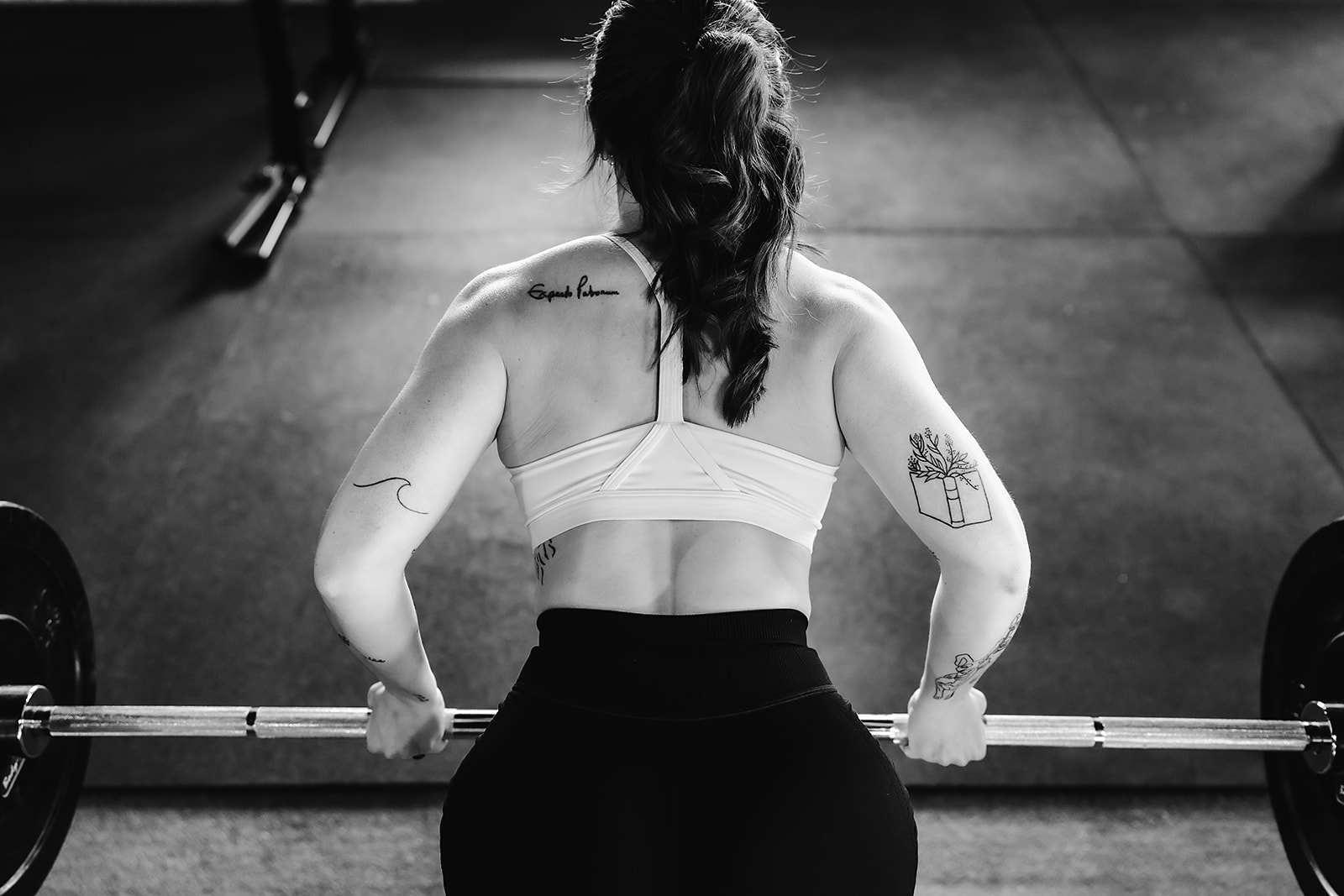Ever feel like your upper body strength is just lagging behind? Or maybe you can knock out 10 pullups but you can’t do a full backsquat. Why are there disparities in upper vs lower body strength? Join us on this exploration as we navigate the nuances of upper and lower body strength, and how you can overcome imbalances.
Disparities In Upper Body VS Lower Body Strength
Dominant Limb Usage
One of the primary reasons behind disparities in upper body versus lower body strength lies in the dominant limb usage. Many individuals tend to favor one side of their body, leading to imbalances in muscle development. Whether it’s due to daily activities, such as writing or carrying items, or sports-related preferences, the dominant limb tends to get more exercise and, consequently, becomes stronger.
Sedentary Lifestyles
In our increasingly sedentary world, where desk jobs and prolonged screen time dominate, upper body strength often takes a back seat. People may spend hours sitting, engaging their lower body less, and neglecting important muscle groups. This sedentary lifestyle can contribute to weakened upper body muscles and, over time, create a noticeable difference in strength between the upper and lower body.
Sports
The type of sports one engages in can significantly impact the distribution of strength across the body. Certain sports may heavily emphasize either upper or lower body strength. For instance, swimmers might develop powerful upper bodies, while soccer players may have more robust lower bodies. These athletic preferences can result in disparities that become apparent in day-to-day activities.
Poor Form
Improper exercise techniques and poor form during workouts can also contribute to disparities in strength. Focusing on specific muscle groups while neglecting others may lead to imbalances between the upper and lower body. It’s essential to pay attention to proper form to ensure that both upper and lower body muscles are engaged and developed evenly.
Genetics
Genetics plays a crucial role in determining an individual’s natural strengths and weaknesses. Some people may be genetically predisposed to excel in upper body strength, while others may find it easier to develop lower body strength. Understanding one’s genetic predispositions can help in tailoring workouts to address specific areas that may need extra attention.
How To Overcome Disparities In Upper Body VS Lower Body Strength
Assess The Range Of Motion
To address disparities in strength, it’s crucial to assess the range of motion in both the upper and lower body. Identifying any restrictions or imbalances can guide targeted exercises to improve flexibility and strength in the weaker areas.
Track Workouts & Weight
Consistent tracking of workouts and weightlifting routines is essential for progress. By maintaining a detailed record, individuals can identify trends and ensure that both upper and lower body exercises are incorporated into their fitness routines. Tracking weight lifted can also help in gradually increasing intensity and promoting balanced muscle development.
Have A Professional Trainer Assess Progress
Seeking guidance from a professional trainer can provide personalized insights into addressing specific strength disparities. Trainers can assess progress, identify areas for improvement, and create tailored workout plans that target both upper and lower body muscles.
Self Awareness
Developing self-awareness regarding one’s dominant limb usage and areas of weakness is crucial. Mindful engagement of both upper and lower body muscles in daily activities can contribute to more balanced strength development.
Ensure You Are Eating Right
Nutrition plays a significant role in muscle development and overall strength. Ensuring a balanced diet with adequate protein, vitamins, and minerals supports the body’s ability to build and repair muscles. A well-rounded diet complements efforts to overcome disparities in upper and lower body strength.
Differences In Men & Women In Upper Body VS Lower Body Strength
While the general principles of strength development apply to both men and women, there are inherent physiological differences. Men typically have greater upper body strength, while women may exhibit more strength in their lower bodies. These differences are influenced by hormonal factors and can vary among individuals. Recognizing and embracing these disparities can lead to more inclusive and effective fitness approaches.
Final Thoughts On Disparities In Upper Body VS Lower Body Strength
Understanding the factors contributing to disparities in upper and lower body strength is the first step toward addressing and overcoming them. Whether due to dominant limb usage, sedentary lifestyles, sports preferences, poor form, or genetics, individuals can take proactive steps to achieve a more balanced strength profile.
By incorporating targeted exercises, including strategies on how to build arms, seeking professional guidance, and maintaining self-awareness, anyone can work towards achieving a harmonious balance between their upper and lower body strength. Embracing and celebrating the natural differences in strength between humans further contributes to a holistic and inclusive approach to fitness.
Want to learn more? Listen to episode 151 of the Stronger Than Your Boyfriend Podcast: Training Disparities In Upper & Lower Body Strength



